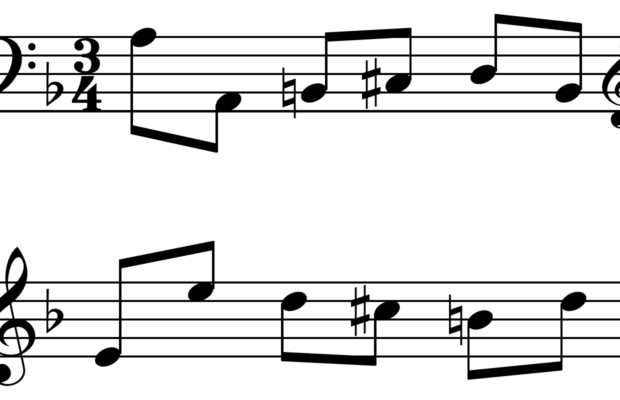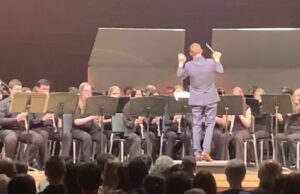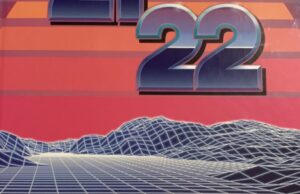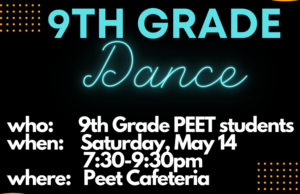Follow these tips for sight reading music

In the world of music, the ability to sight-read effectively is a very important skill. In fact, many professional orchestras in Hollywood record their movie tracks without any prior practice or knowledge of the piece. Sight-reading is the concept of playing a piece without prior practice—a necessary skill not only for those who have just begun playing an instrument, but for all musicians. That being said, here are four tips from Musicnotes Now and MasterClass to improve your sight-reading abilities.
- Learn the key signature, time signature and notes you will need to play in the piece. Make sure you know the correct notes in the key signature, how to count the time signature and the finger or hand placement for any unfamiliar notes. Check to see if there are any key or time signature changes throughout the piece; this is common in more complicated pieces of music.
- Look for changes in dynamic, difficult rhythms and accidentals. These elements add creativity and style to a piece, but can make it more difficult to play, especially for the first time. If you think you’ll have difficulty remembering these changes, circle or underline them on your music.
- “Sight-sing” a piece before you play it. Sight-singing is a practice in which a musician hums or sounds out a piece of music to give themself an idea of what it should sound like before they play it on their instrument. When you sight-sing, look for recurring melodies or sections in the piece. If you have difficulty humming the notes, try to find a recording of the song and follow along with the melody on the sheet.
- Play the piece from start to finish. When you sight-read, play all the way through your piece before stopping to focus on specific sections. This will give you an idea of what the piece should sound like before you perfect it, and allow you to reach your full potential.









You must be logged in to post a comment Login